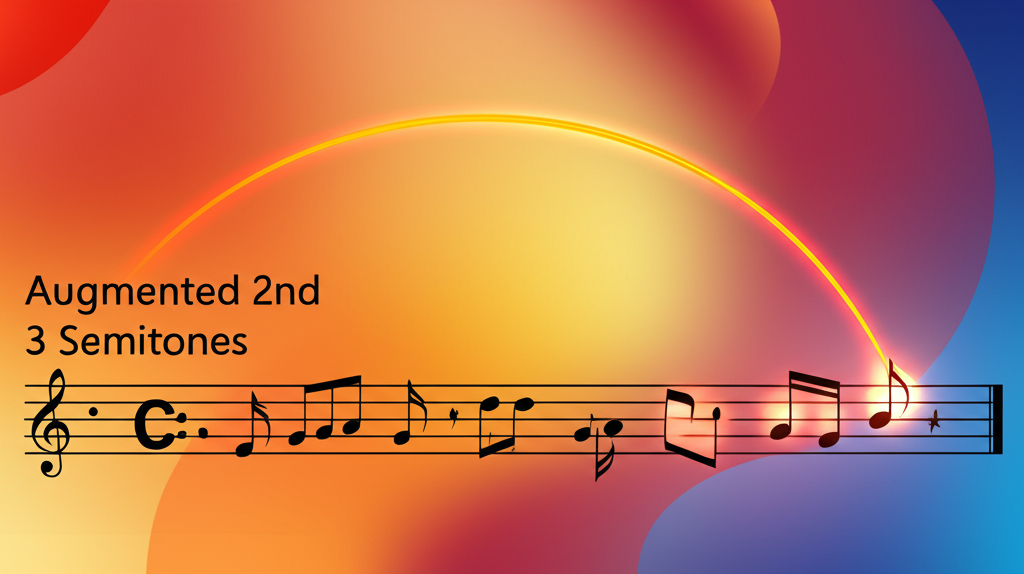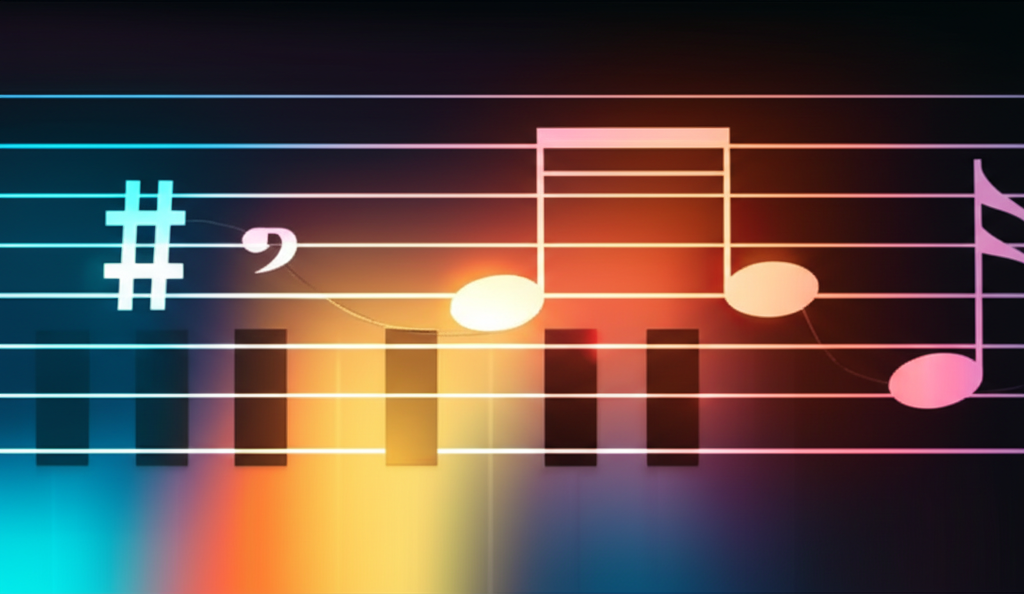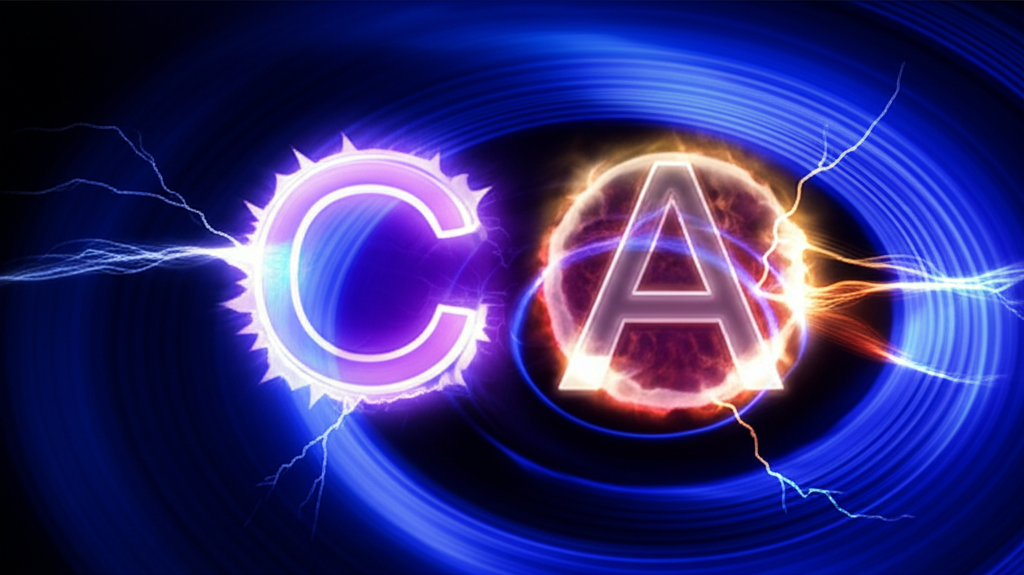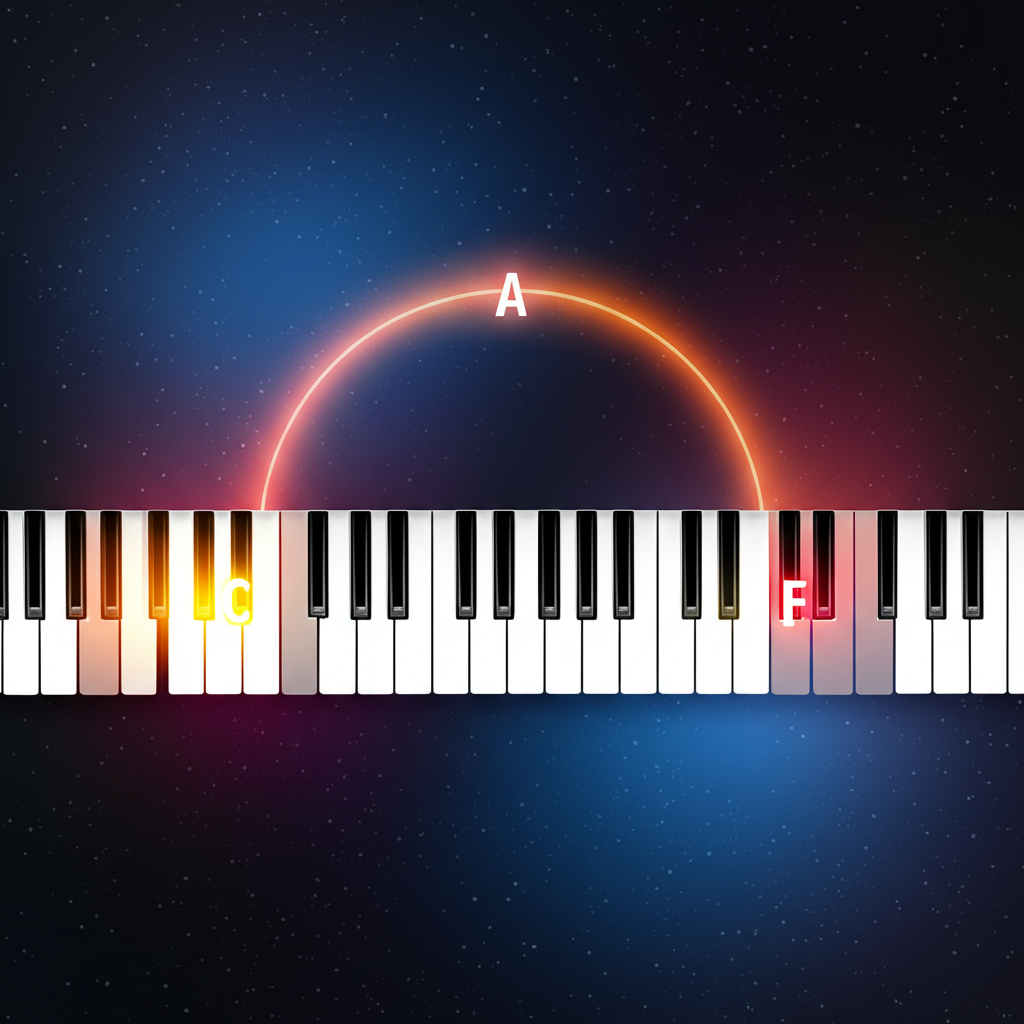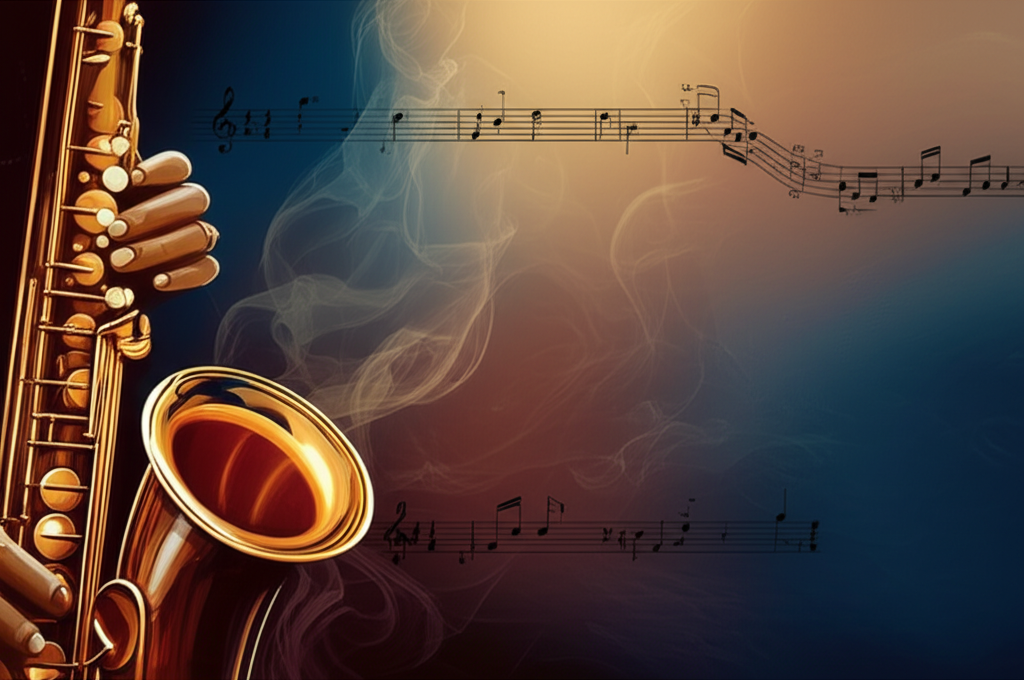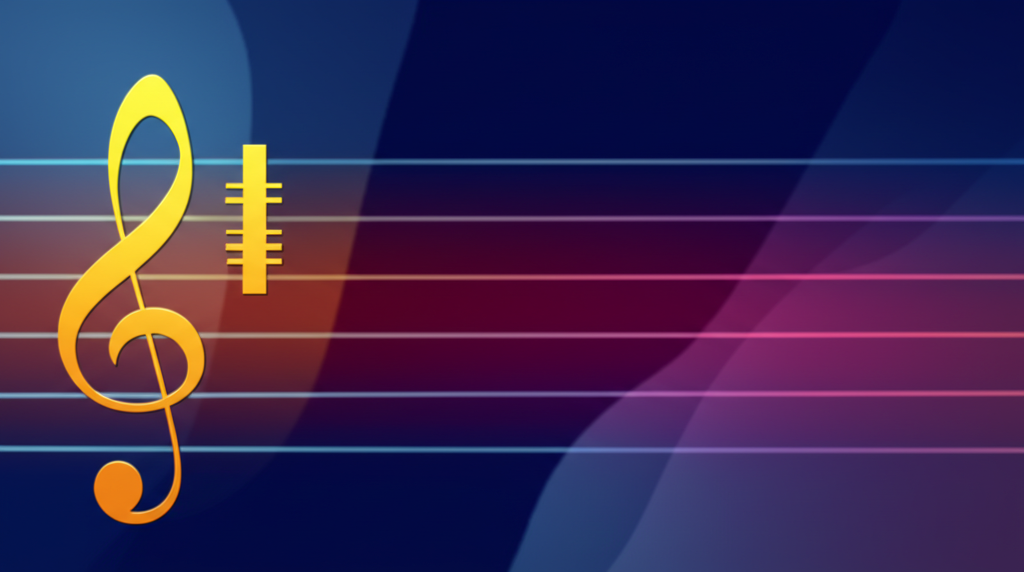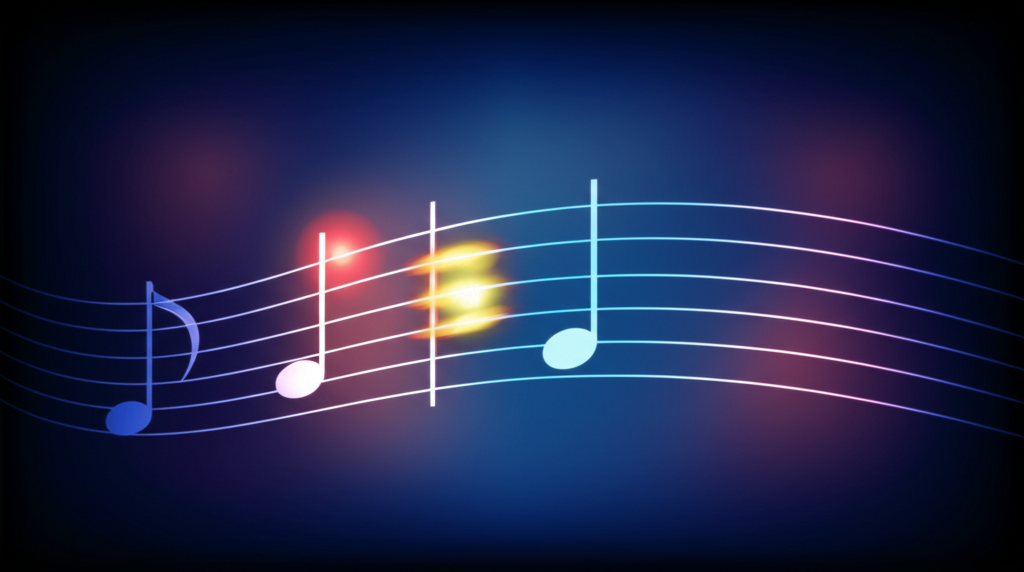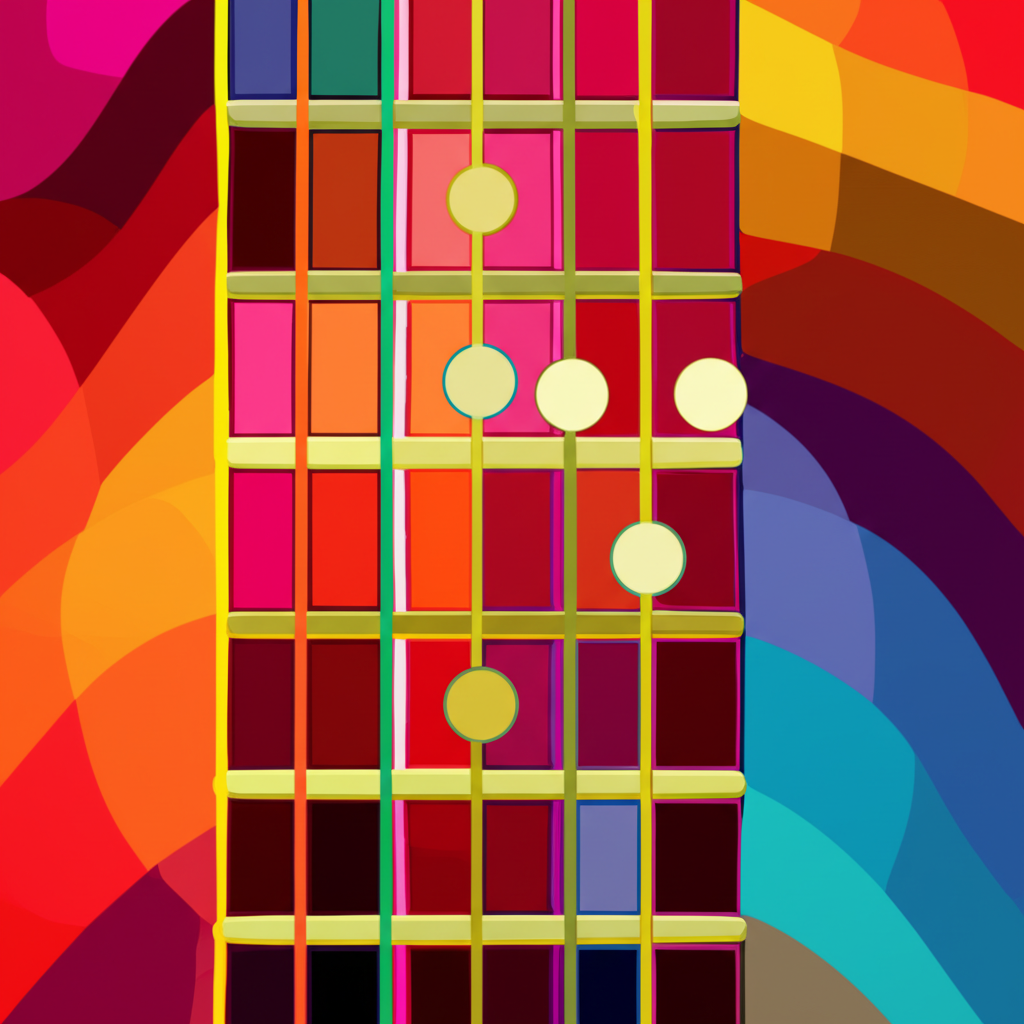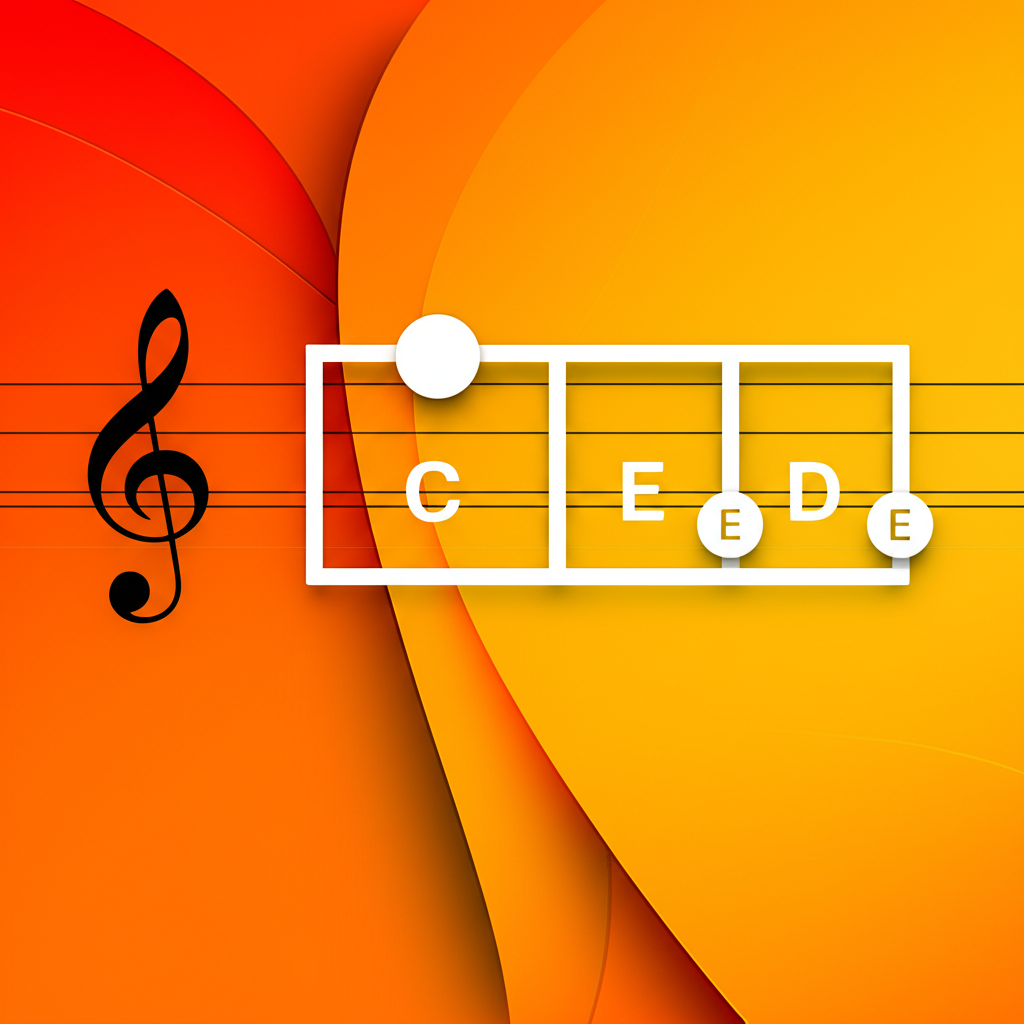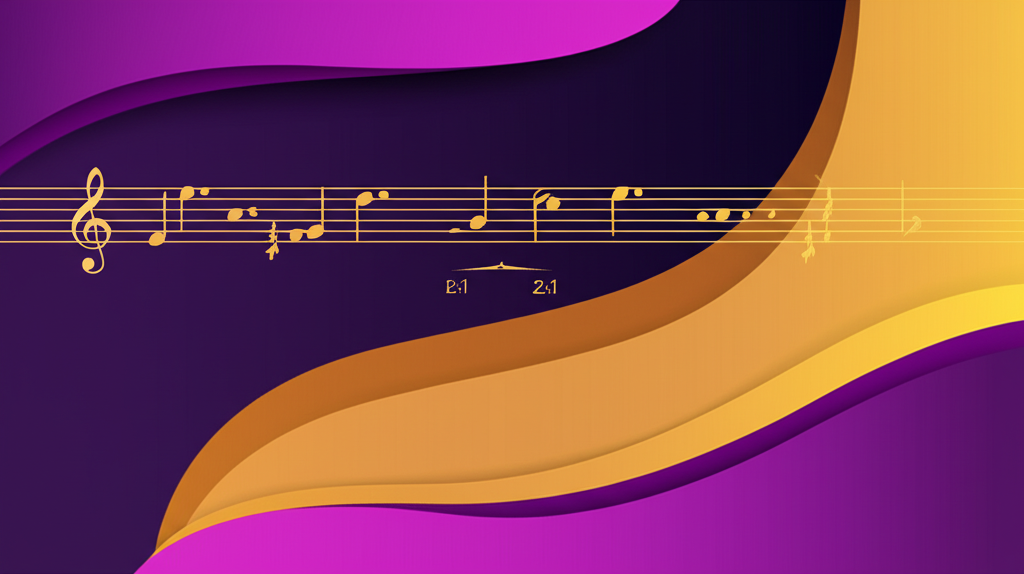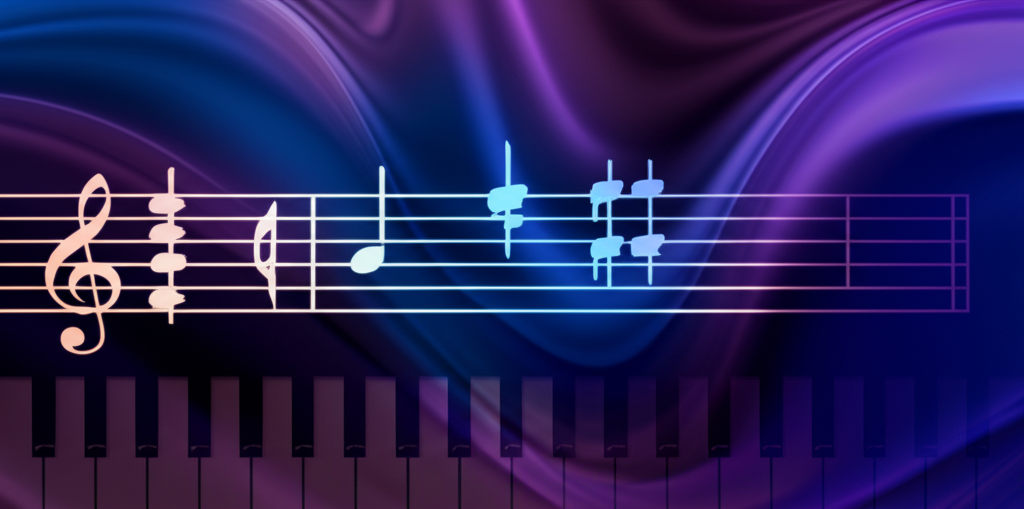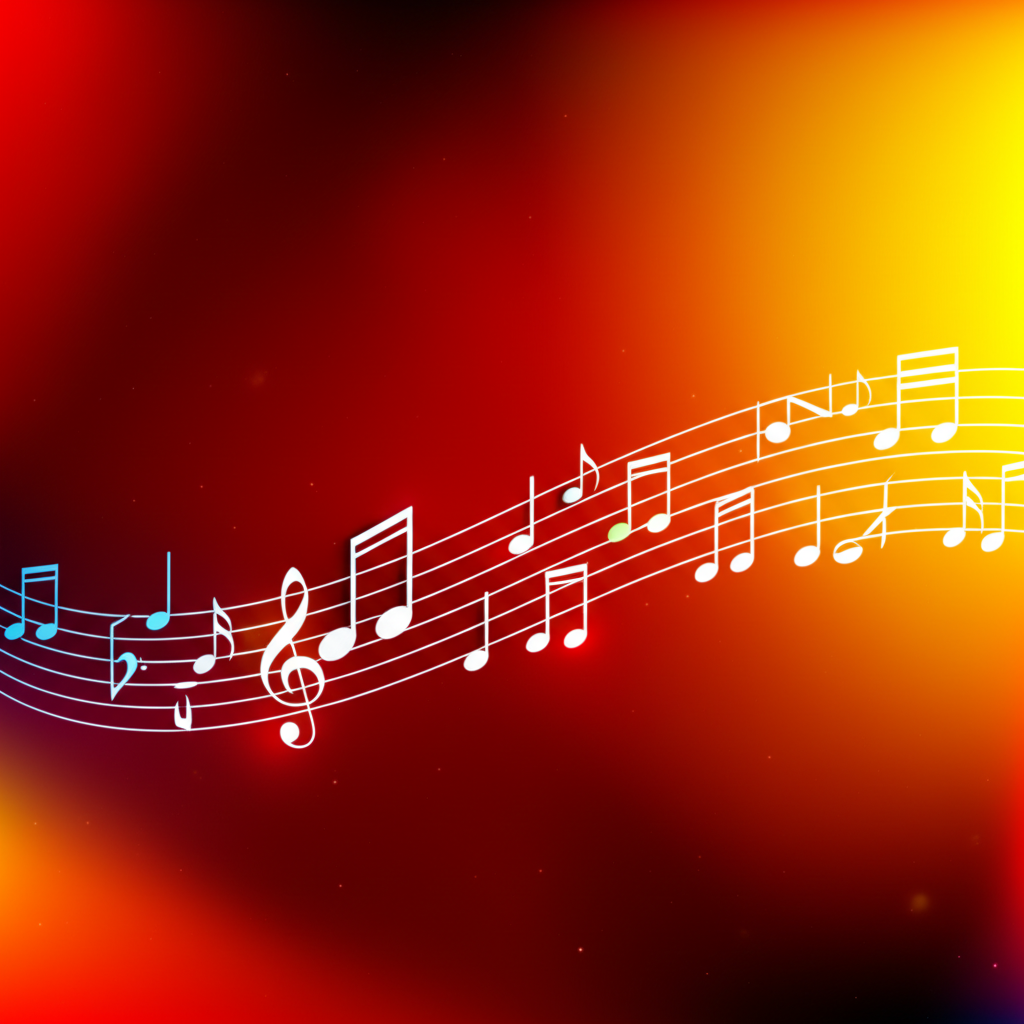
The Secrets of the Double Harmonic Scale: A Musician's Guide

b4n1
June 14, 2025, 10:27 p.m.
The Secrets of the Double Harmonic Scale: A Musician's Guide
Summary:
This article delves into the exotic and captivating world of the Double Harmonic Scale. We will explore its unique structure, characterized by two augmented second intervals, which gives it a distinct Middle Eastern and Eastern European flavor. Discover its various names, its application in famous songs and film scores, and how you can incorporate this dramatic and expressive scale into your own musical vocabulary.
Keywords:
Double Harmonic Scale, Byzantine Scale, Arabic Scale, Gypsy Major, Music Theory, Exotic Scales, Scale Formula, Augmented Second, Misirlou, Neoclassical Metal.
Introduction:
Have you ever heard a piece of music that instantly transports you to a bustling bazaar, an ancient desert landscape, or a vibrant folk dance? Chances are, the composer was using a special melodic tool to create that atmosphere. One of the most powerful and evocative of these tools is the Double Harmonic Scale. While it might sound complex, this scale is a gateway to a world of new sounds, offering a rich palette of tension and resolution that can spice up your compositions, improvisations, and overall understanding of global music.
Definition and Classification:
The Double Harmonic Scale is a seven-note scale defined by its unique intervallic pattern. Its most striking feature is the presence of two augmented second intervals (an interval spanning three semitones). This is what gives the scale its name and its characteristic dramatic sound. The interval formula is:
Root - minor Second - Major Third - Perfect Fourth - Perfect Fifth - minor Sixth - Major Seventh
(1 - b2 - 3 - 4 - 5 - b6 - 7)
The two augmented seconds occur between the b2 and 3, and between the b6 and 7. Because of its widespread use across various cultures, it is known by many other names, including:
- Byzantine Scale: Referencing its use in Byzantine chants.
- Arabic Scale (Hijaz Kar): As it corresponds to the Arabic Maqam (melodic mode) Hijaz Kar.
- Gypsy Major Scale: Due to its prevalence in Roma (Gypsy) music traditions.
Examples:
Example in ABC Notation:
Here is the C Double Harmonic Scale. Notice the flats on the D and A, which create the signature sound. The notes are C, Db, E, F, G, Ab, B, C. The large jumps are between Db-E and Ab-B.
Practical Applications:
The Double Harmonic Scale's distinctive sound has been used in a wide variety of musical contexts. Perhaps the most famous example in popular music is Dick Dale & His Del-Tones' surf rock anthem "Misirlou" (later repopularized by the film Pulp Fiction), which is based on a traditional folk song from the Eastern Mediterranean. In classical music, composers like Rimsky-Korsakov used it to evoke "oriental" atmospheres. It's also a staple in neoclassical metal, where guitarists like Yngwie Malmsteen use its dramatic intervals for fast, virtuosic runs. In film scores, it's often a go-to choice to musically signify desert settings, ancient history, or magic, as heard in soundtracks for films like The Mummy.
Historical Figures:
Unlike scales formalized in Western classical theory, the Double Harmonic doesn't have a single "inventor." Its history is a story of cultural transmission. Its roots are deep in the musical systems of the Middle East (Maqamat) and the liturgical music of the Byzantine Empire. In the 19th century, Western composers with a fascination for the "exotic," such as Nikolai Rimsky-Korsakov, began incorporating elements of these scales into their works, introducing these sounds to concert hall audiences. However, the figure who arguably did the most to bring the scale into the modern popular consciousness was Dick Dale. By adapting the traditional melody of "Misirlou" to the electric guitar with blistering speed and reverb, he cemented the sound of the Double Harmonic Scale in the landscape of 20th-century music.
Fun Facts:
- The scale is sometimes called a "symmetrical scale" because the pattern of tones and semitones in the lower half (tetrachord) is the same as the upper half: Semitone - Augmented Second - Semitone.
- Harmonizing the Double Harmonic scale can be tricky due to its unusual intervals. It produces unique chords, such as a major tonic chord and a major dominant chord, but also a diminished supertonic chord (based on the b2).
- It is the 5th mode of the Hungarian Minor Scale (also known as the Double Harmonic Minor Scale). This means if you start a C Hungarian Minor scale on its 5th note (G), you get the G Double Harmonic scale.
Conclusions:
The Double Harmonic Scale is more than just a collection of notes; it's a key that unlocks a world of expressive and dramatic musical possibilities. Its unique structure, with two augmented seconds, gives it an undeniable character that has captivated listeners for centuries, from ancient chants to modern rock. By understanding its construction and exploring its use, you can add a powerful and evocative tool to your musical arsenal. We encourage you to play it, improvise with it, and listen for it in the music you hear. How might you use the tension and release of the Double Harmonic scale in your own music?
References:
Hewitt, M. (2013). Musical Scales of the World. The Note Tree.
Persichetti, V. (1961). Twentieth-Century Harmony: Creative Aspects and Practice. W. W. Norton & Company.
Titon, J. T. (Ed.). (2009). Worlds of Music: An Introduction to the Music of the World's Peoples. Schirmer.
